Sled Push and Sled Pull together will always be the best, safest, and gentlest option to begin getting at least some blood flow to the surrounding area, even when the meniscus is very avascular itself. I think it's also reassuring to know that while some of the deeper connective tissues like ligaments and menisci are avascular - it doesn't mean they receive absolutely 0 blood. It just means they receive significantly less than muscles. Even if the deeper connective tissues aren't getting much blood, it's extremely beneficial for the surrounding knee muscles to get some blood.
The reason why sled work is the world’s best tool for a knee injury is that it's essentially doing 100s, if not 1000s, of small, short-range, knee extension reps. While deeper knee extension, and even the angle of knee extension needed to walk, maybe too much, sled work and especially reverse sled can often be the gentlest way to still get a kick-ass workout, without needing to bend your knee into deep angles. If there's no access to a reverse sled, Reverse Treadmill can arguably be even better since you won't ever need to turn around! The resistance profile won't be as good as a sled, but you can certainly get some great stimulus in after 5-20 minutes of gentle Reverse Treadmill. And if it feels good, it could be even longer.
This will ultimately be your bridge to be able to then do Patrick Step Ups, which are a deeper range of motion, then do assisted Split Squats/Squats, then do unassisted Split Squats/Squats, then do loaded Split Squats/Squats. Even with a knee injury, you may even be able to do pain-free high rep Patrick Step Ups now!
It’s also critical to be performing Hamstring Curls, as that can pump some blood into the hamstrings. While Reverse Treadmill, Patrick Step Ups, Split Squats, and Squats work knee extension, also working knee flexion in Hamstring Curls is literally half the equation. Hit your hamstrings hard, and hit your hamstrings often.
Lastly, it's beneficial to do Tib and Calf work as that's right below your knee, because we’re trying to get blood flow to as many muscles as possible around the knee.
